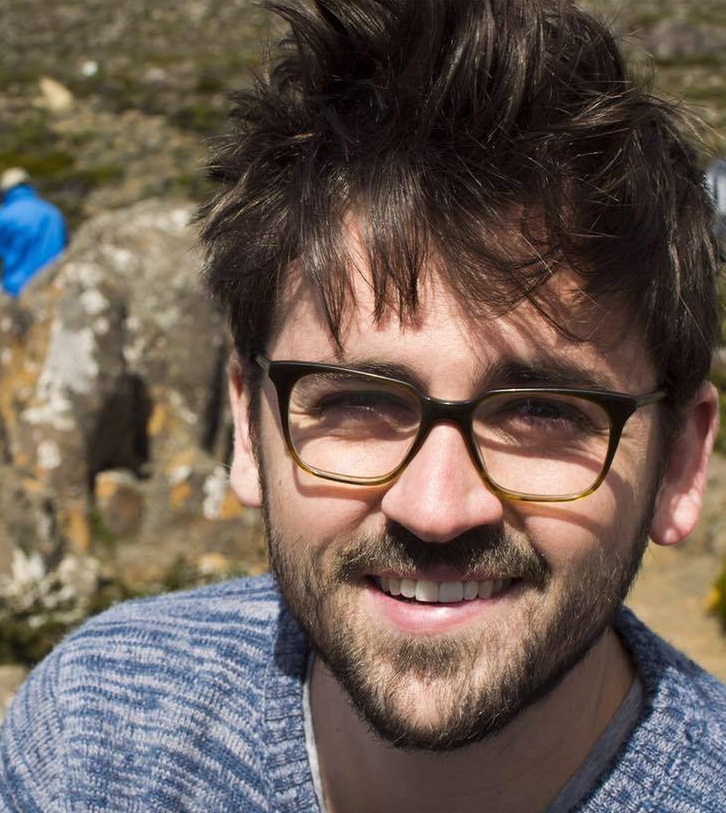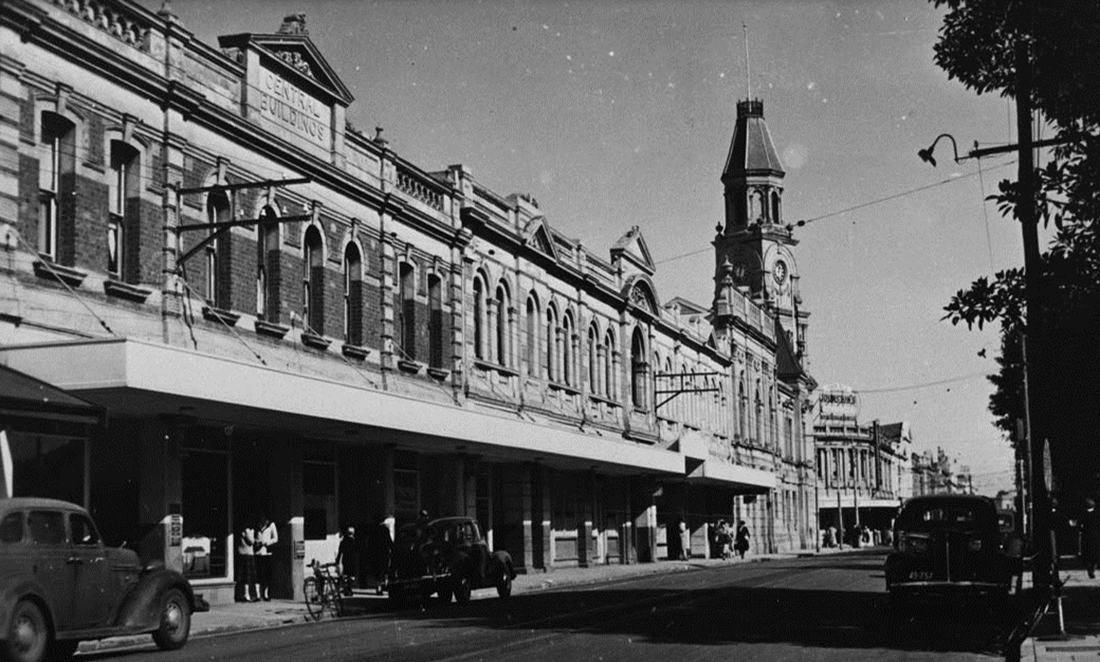Depending on who you ask, science and the arts can stand miles apart. One deals with cold hard facts, the other is more concerned with the human experience. But how can science and the arts enrich each other?
Sitting in between these seemingly opposing disciplines is archaeology. It’s a field that uses science and technology to inform our understanding of where we and our societies come from.
Just ask Fiona Hook of Archae-Aus, an archaeology consultancy that works with local governments.
“In archaeology, we use scientific methods and techniques to do our work, but without imagination and the human side, we couldn’t do what we do,” says Fiona.
“An archaeologist’s skill base is incredibly broad.”
Fiona is in charge of an archaeological survey of Kings Square in Fremantle, which is being conducted prior to the square’s redevelopment.
CAN YOU DIG IT?
According to Fiona, science is vital to the work of archaeologists.

“The first scientific technique we use is a proposition of research questions on what we might find. Once we have those questions, we develop a research design and excavation design.”
Before starting fieldwork, Fiona and her team extensively and methodically consult the historical record, giving them the clearest idea possible of what lies beneath.
“Once we begin work in the field, we can work with geologists to see what’s underground with ground-penetrating radar and seismic testing, although in Kings Square, we went straight to excavation.”
WHAT LIES BENEATH
Once the team has collected the specimens from the survey site, they painstakingly catalogue and analyse their finds. Different experts are called upon to figure out exactly how everything fits together and to paint a picture of the site.

“We go through every bag of material we’ve found, and we use collected knowledge to precisely determine what something might be.”
But it’s not just in the analysis and excavation that science plays a role. Advances in technology have allowed archaeologists a more engaging way of representation of historical spaces. Using a technique called photogrammetry, Fiona’s team are able to create 3D visualisations of spaces in Kings Square. This technology is similar to that used by Google Maps’ 3D landscapes feature.
“These techniques for representing historical spaces are much more engaging for the general public, which helps with fostering an understanding of history.”
“Just a few years ago, these techniques were beyond the reach of pretty much everyone, unless you had access to high-powered computers and other equipment. Now, anyone can make a 3D image of something.”
“Virtual reality is something that will be used more by archaeologists in future.”
BACK TO THE FUTURE
Technological advances can not only lead to greater engagement from the public but can also dramatically update the accuracy of the historical record.
Recently, advances in chemical analysis have led to more accurate dating for Aboriginal artefacts from Kakadu National Park. Archaeologists now know these artefacts are at least 65,000 years old and potentially 80,000 years old.
“Radio carbon dating ceases to work when testing material older than 45,000 years, so it was unable to date materials from the time Aboriginal people arrived in Australia.”
“Archaeology and other social sciences have so much to offer contemporary culture.”
So while science and the arts may sit at different ends of the table, it’s good to know that Fiona and her team are using the best of both fields to paint a rich picture of our history.









